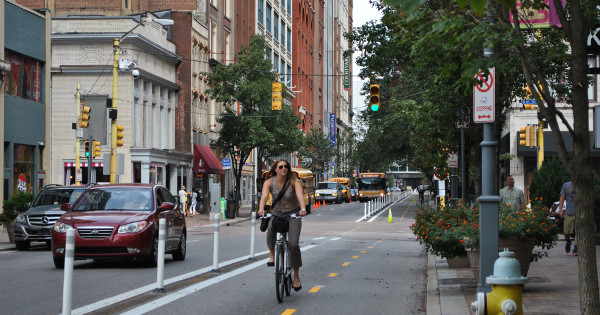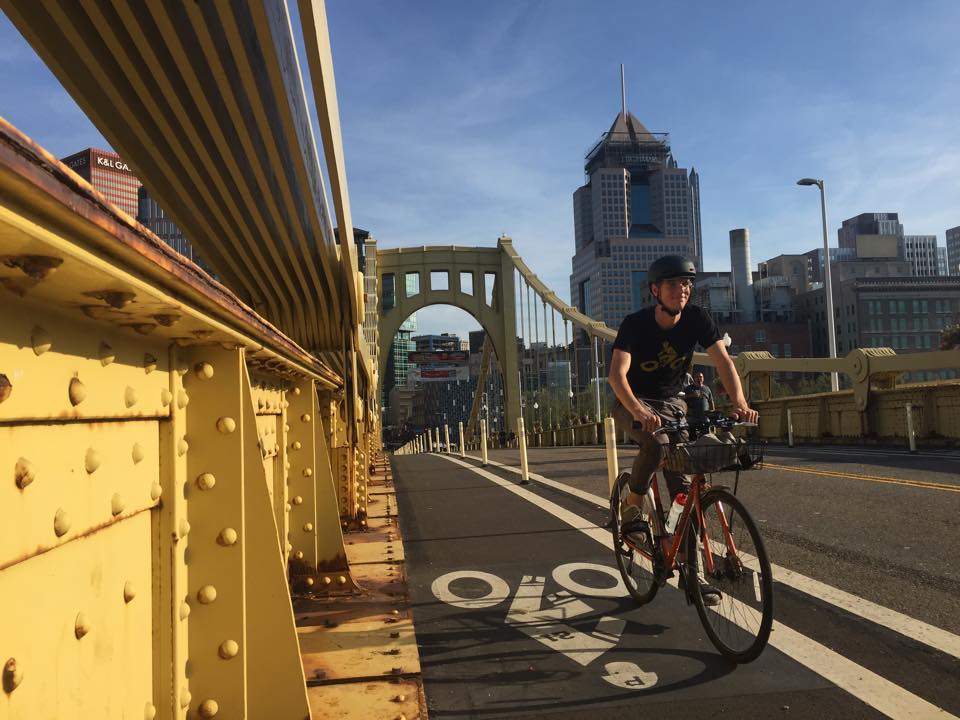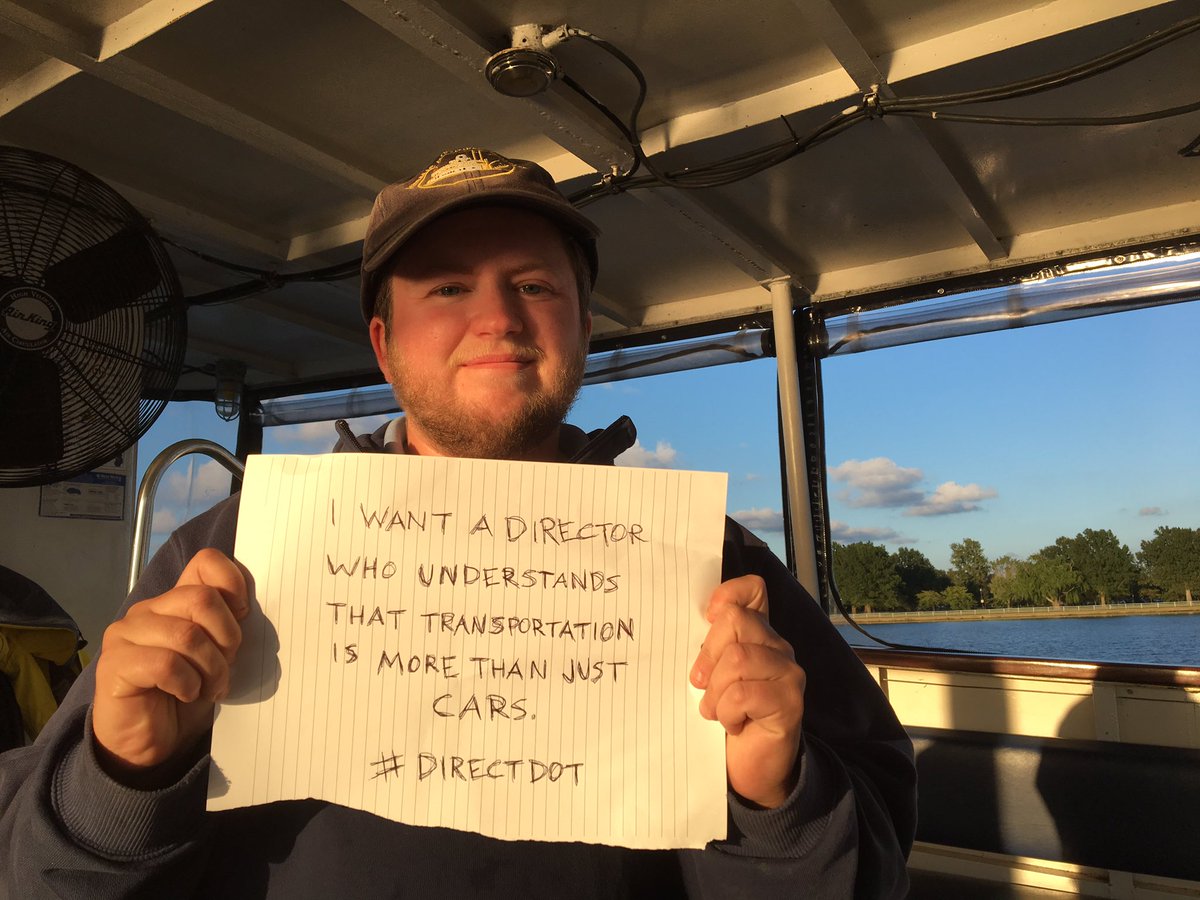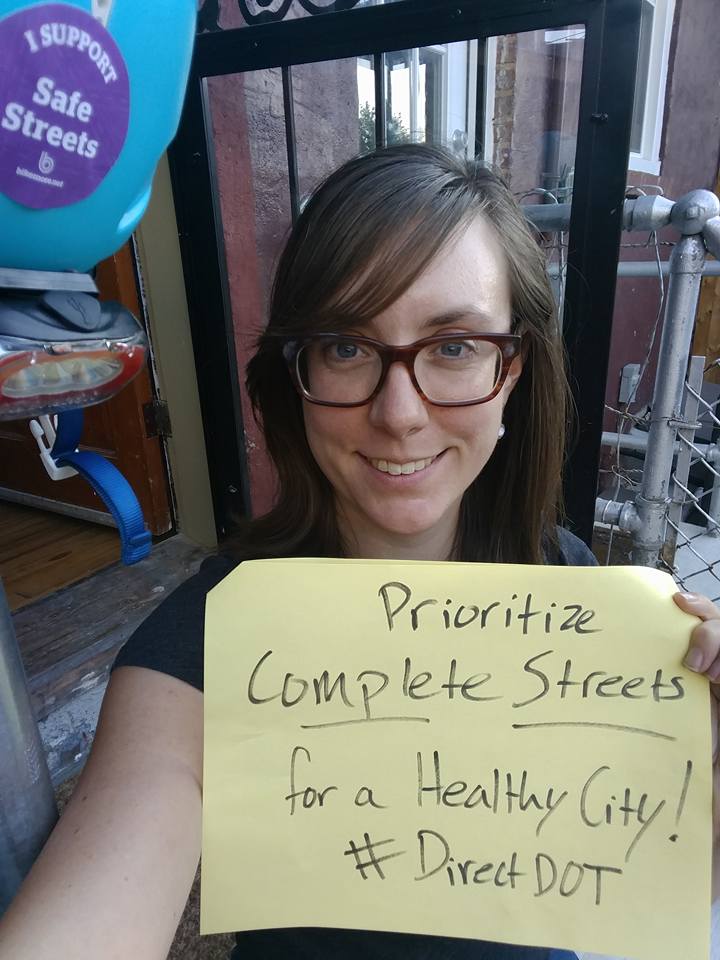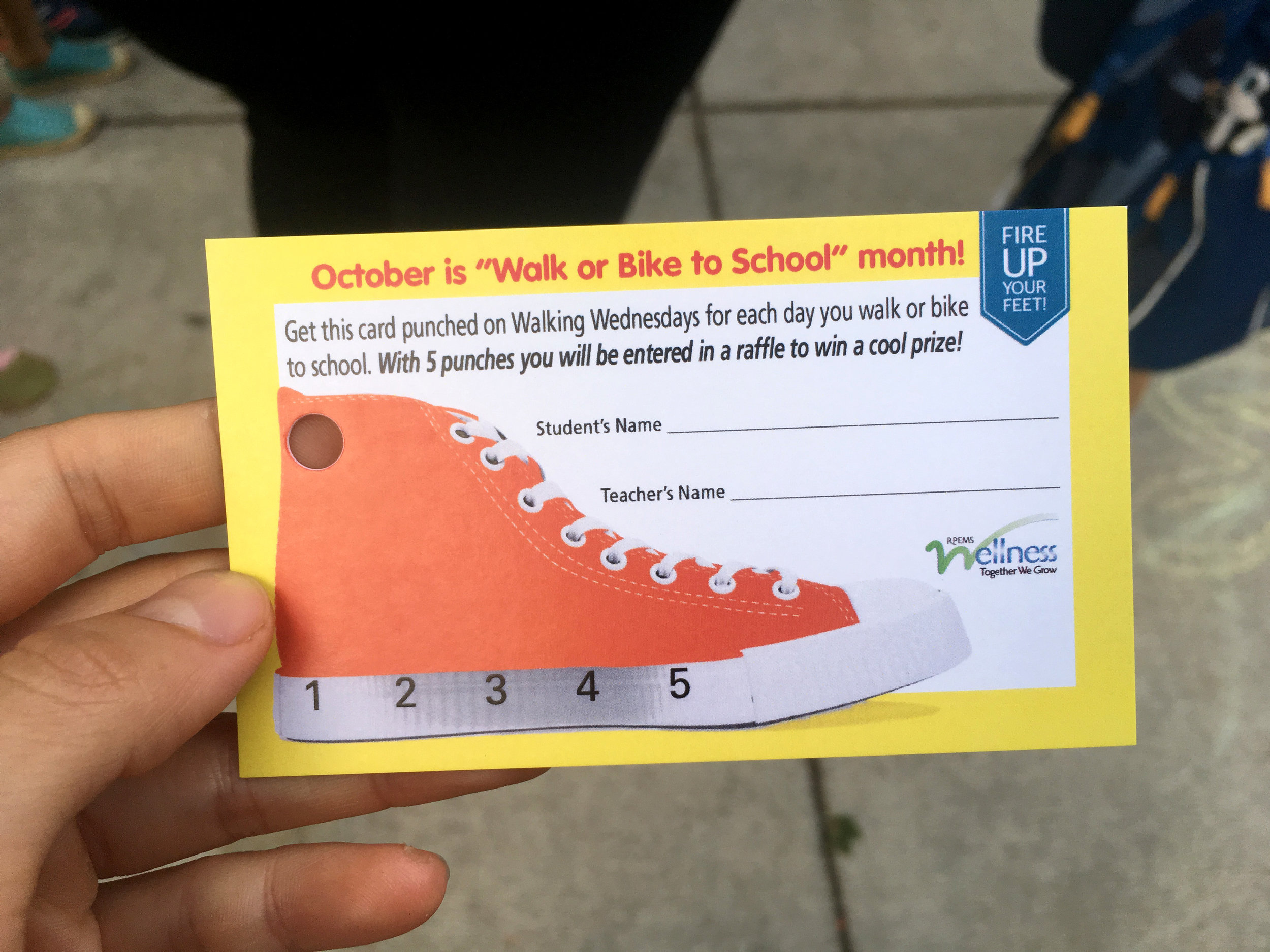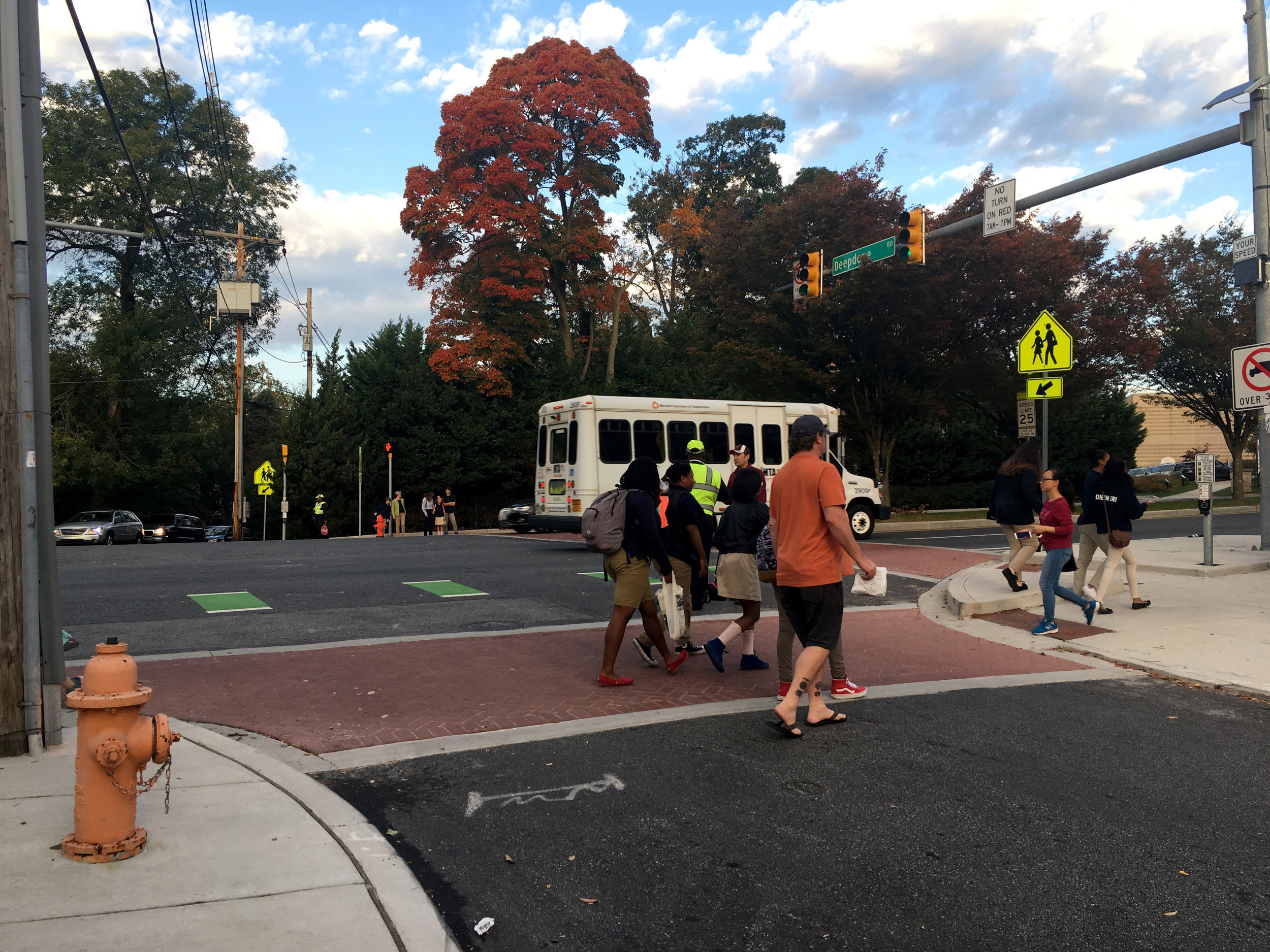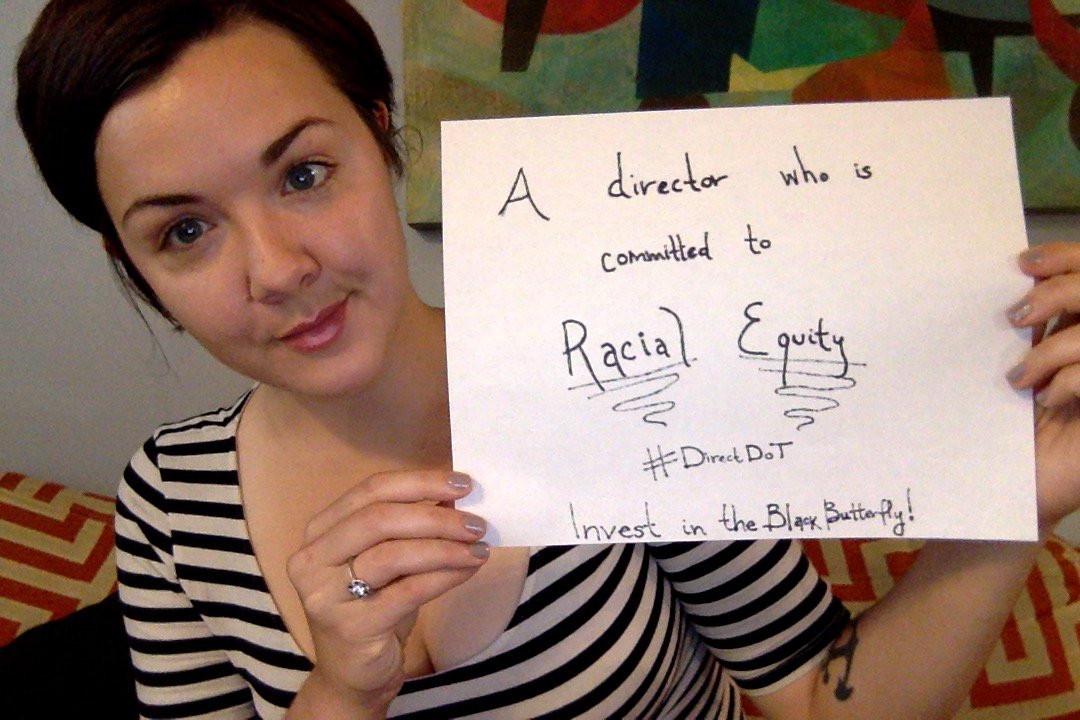What is a complete street?
"Complete Streets are streets for everyone. They are designed and operated to enable safe access for all users, including pedestrians, bicyclists, motorists and transit riders of all ages and abilities.
There is no singular design prescription for Complete Streets; each one is unique and responds to its community context. A complete street may include: sidewalks, bike lanes (or wide paved shoulders), special bus lanes, comfortable and accessible public transportation stops, frequent and safe crossing opportunities, median islands, accessible pedestrian signals, curb extensions, narrower travel lanes, roundabouts, and more." — Smart Growth America
What's the status of Complete Streets in Baltimore?
Building complete streets requires both leadership (like mayors and DOT directors) that is dedicated to it and policy in place that directs the city, its planners and engineers to design complete streets.
In late 2009, Mayor Sheila Dixon’s Bicycle Advisory Committee worked with Councilwoman Mary Pat Clarke to introduce a Mayor and City Council Resolution for Complete Streets. The bill sat for several months. With advocacy from the bicycle community, the bill came out of subcommittee in December of 2010 and was subsequently passed by the full City Council and signed by Mayor Stephanie Rawlings-Blake.
At the time, Baltimore was on the leading edge of cities passing complete streets legislation that prioritized multi-modal transportation options on city streets. However, the downside of being one of the first cities to pass such legislation is that the language of Baltimore’s complete streets bill lacked specificity and contained significant loopholes.
As a result, over the past six years Baltimore City Department of Transportation has routinely ignored the spirit of the complete streets legislation, resulting in planning, design, and construction of streets that prioritize moving cars over moving people — the exact opposite of what complete streets legislation tries to achieve.
What's next?
Planning for cars first is not just a transportation problem, it's an equity problem. Promoting private vehicle throughput over safe options for transit, biking and walking unfairly harms our most vulnerable road users, who also often are individuals in our city most in need of connections to opportunity.
Bikemore is working with Councilwoman Mary Pat Clarke and the incoming City Council to introduce a new, stronger Complete Streets Ordinance that will more clearly outline the intent of complete streets, mandate certain design standards, and require DOT to report regularly on progress.
What are we advocating for?
We're advocating that the new legislation be specific and measurable. Here are a few of the requirements in the proposed new legislation (none of which were in the original legislation):
Mandate a “modal hierarchy” of pedestrians first, followed by transit riders, bicyclists, automobiles, and parking. Simply put, the bill will require design to prioritize people who walk, bike, or take transit over people in private automobiles.
Mandate use of the latest urban design standards over the dated manuals currently in use.
Remove the “Motor Vehicle Level of Service” standard, and apply “Multi-Modal Level of Service” methodology, if a level of service standard is used at all. This means adding bike lanes, reducing travel lanes, and making other pedestrian, transit, and bicycle improvements won’t be thrown out of consideration due to potential delays for individuals in personal vehicles.
Mandate travel lane widths at a maximum of 10 feet, except on mapped transit and truck routes, where lane widths may be 11 feet. Many roads in Baltimore have lane widths wider than the standard for highways, which encourages people to drive at higher speeds on these roads. Narrowing the travel lanes will calm traffic and add space for bicycle and walking improvements over time.
Mandate a default design vehicle similar in size to a UPS delivery truck — meaning design streets (that aren't truck or public transit routes) to be optimal for a large delivery van rather than an 18-wheeler. When streets are designed or changed, the city uses a "design vehicle" as the typical road user. Baltimore currently uses a 18-Wheel tractor trailer as the default design vehicle, even on streets where trucks are not permitted. This results in wide travel lanes, soft curbs, and far distances for pedestrian crossings to facilitate truck turns that will never happen on those streets.
Mandate street design that limits visual clutter and remains sensitive to Baltimore's historic character.
While the Complete Streets Bill from 2010 was a step in the right direction, it wasn't specific enough to implement and wasn't made a priority by the administration. This new bill will be a huge step forward for Baltimore, and allow us to catch up to neighboring cities and begin to address the inequity of our roadway planning. Paired with a visionary complete streets leader to #DirectDOT, we will be empowered to implement world-class complete streets treatments in Baltimore.
→ Share your vision for Complete Streets in Baltimore through our #DirectDOT campaign!









